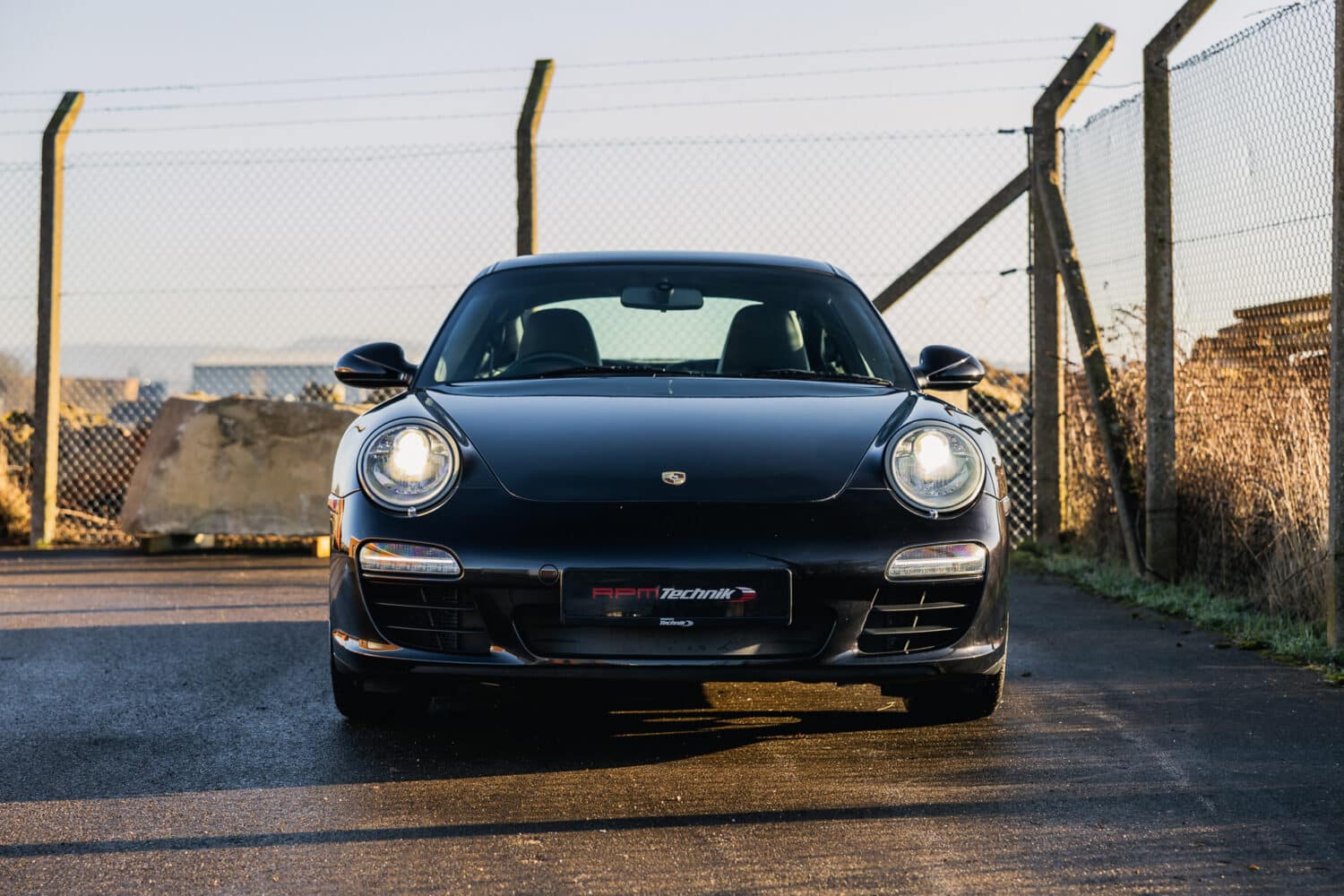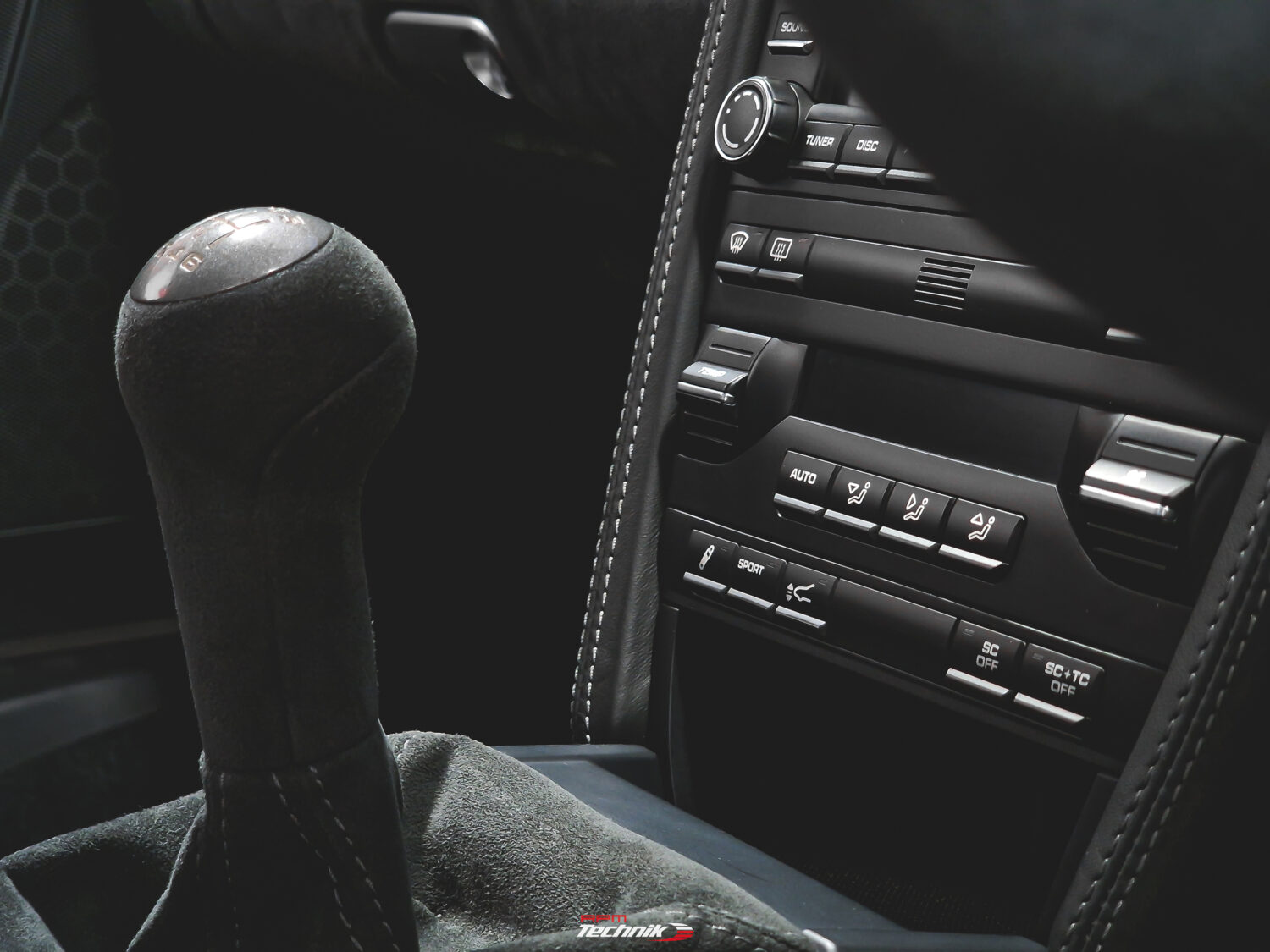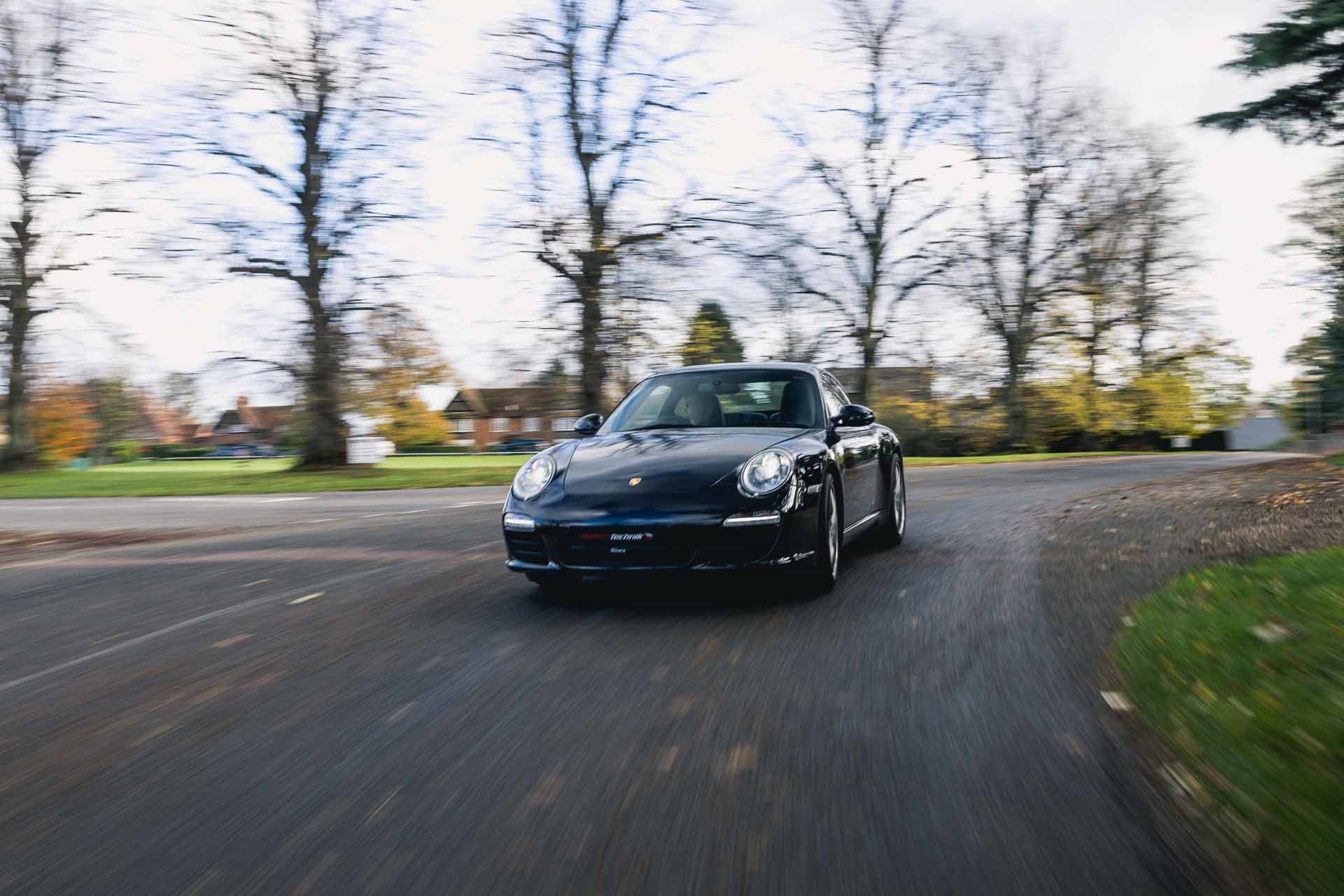
Three common issues for 997.2 models
When the 997 was facelifted towards the end of 2008, Porsche addressed some of the well-documented weak spots of the previous generation. As with all 911s, the step from first generation to second generation is a gentle evolution rather than a revolution of the outgoing car. With the 997.2 they really polished the 997.1 offering and as such there is little that goes wrong outside of general wear and tear and service items. Although close to perfection, it is not quite there. The top three most common issues outside of consumables and servicing are detailed below.
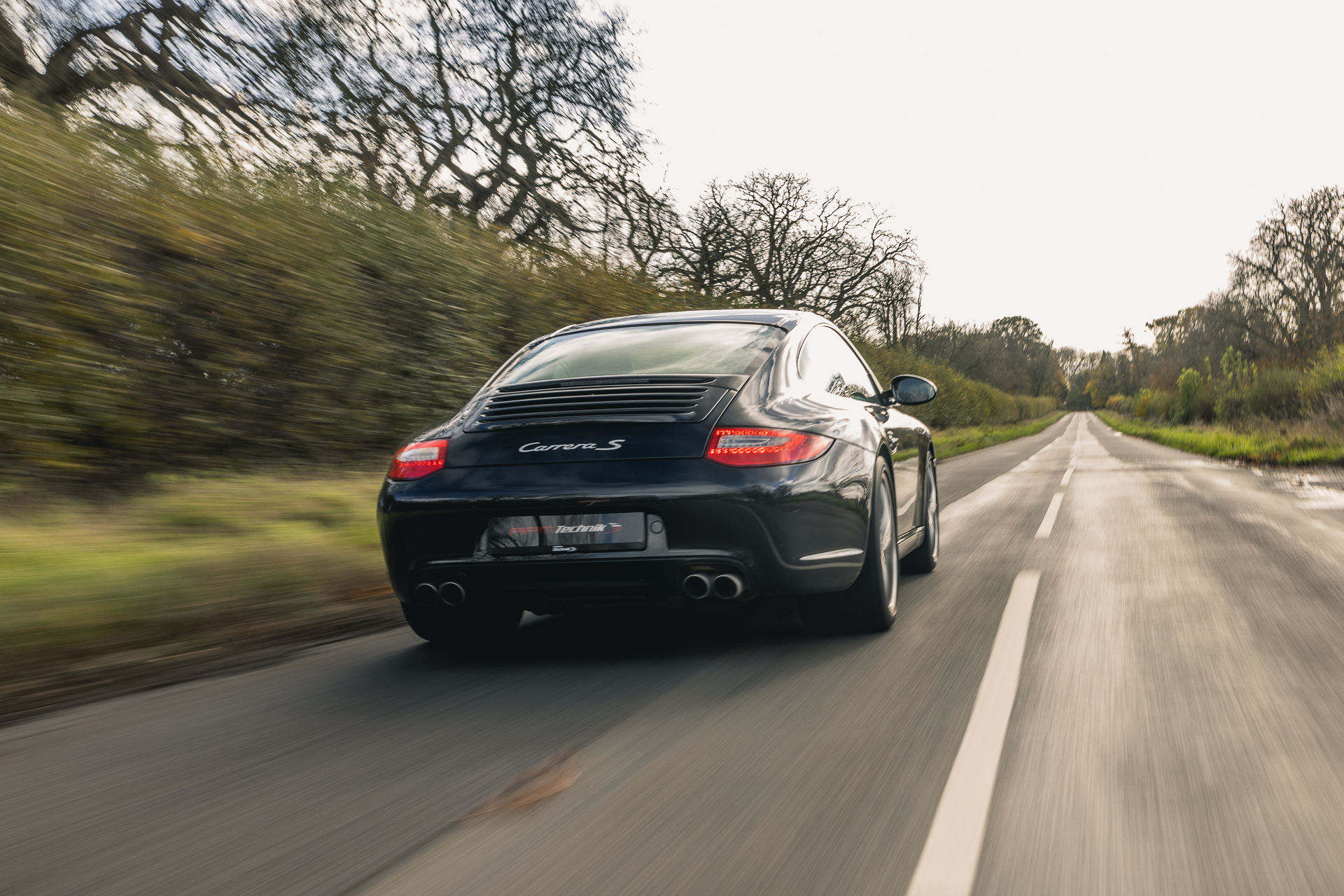
Rear lights
One of the most obvious facelifted items in 2008 was the rear lights. The Gen1 car had ‘normal’ halogen bulbs, the Generation 2 was updated to the more modern and energy-efficient LED rear lamps, which look amazing. We have seen examples where the rear light units fill with condensation and eventually fail MOTs. This is caused by the actual plastic rear light housing separating within the unit and letting in moisture. If this unit still ran a halogen bulb the heat would most likely deal with the condensation, but as LEDs produce very little heat, the condensation increases and eventually the unit needs replacing. We have experimented with trying to fix them, without success. They can be expensive, so a good one to look out for!
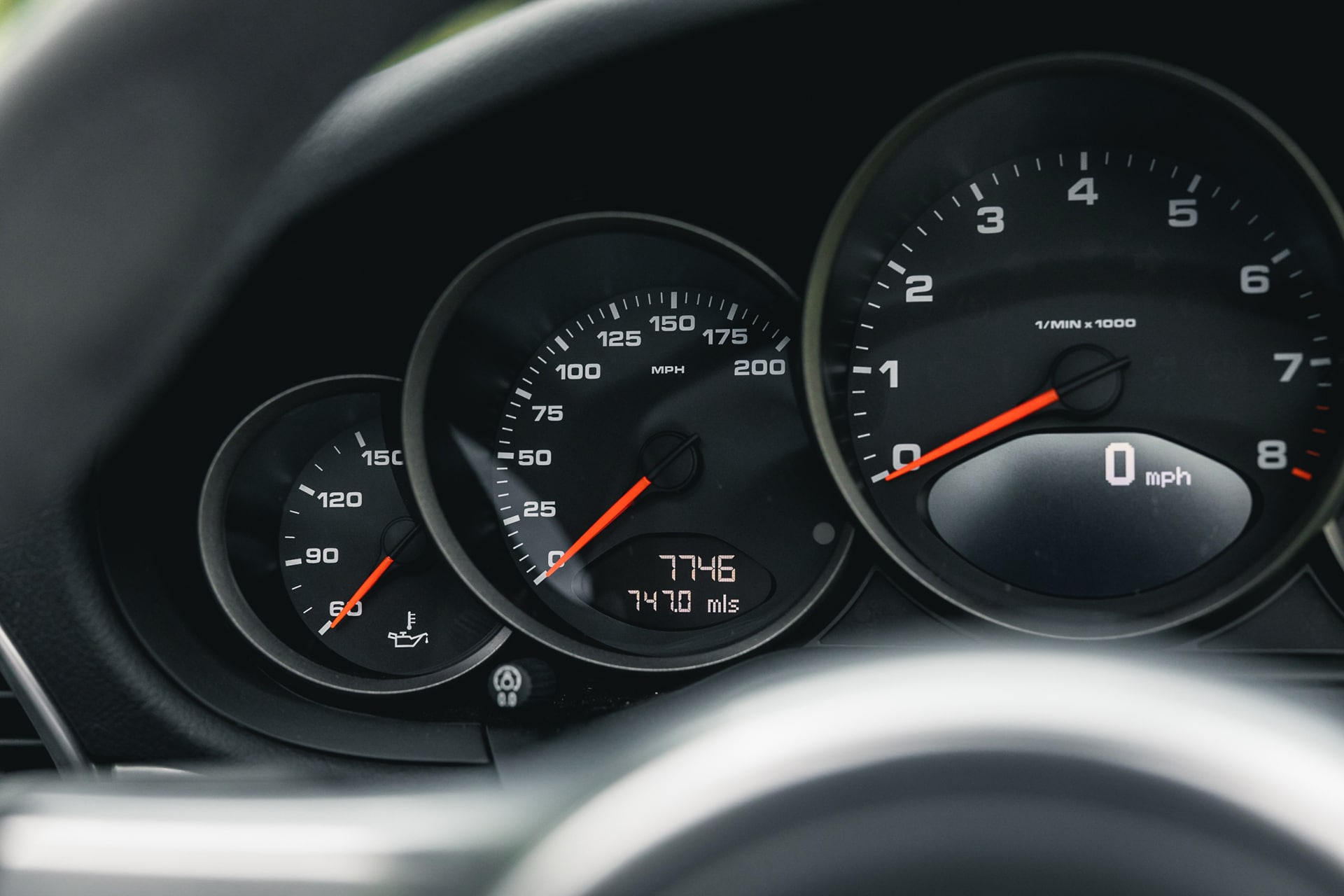
Coolant cross-over pipes
As with all water-cooled 911’s, the engine is at the rear and the coolant system runs through to the front of the car to a radiator. The system is a big loop that circulates coolant between the engine and the cooling radiators. At the front of the car, where the pipes meet the radiator, there are quite a few connections, and this is commonplace to see leaks. They are referred to as crossover pipes, as they cross over in between the front wheels by the steering rack. Naturally, if coolant leaks out of your car, the system works less efficiently and eventually it will lead to your engine overheating and ultimately engine failure. Given that the vulnerable sections of the pipes are made from rubber, they can perish which is typically one cause for leakage. The second reason is that the metal connectors can often corrode causing either the pipe to detach or the metal to split. Either way, it results in new pipes being essential. Look out for that sweet coolant smell around the front of the car as one of the first tell-tale signs.
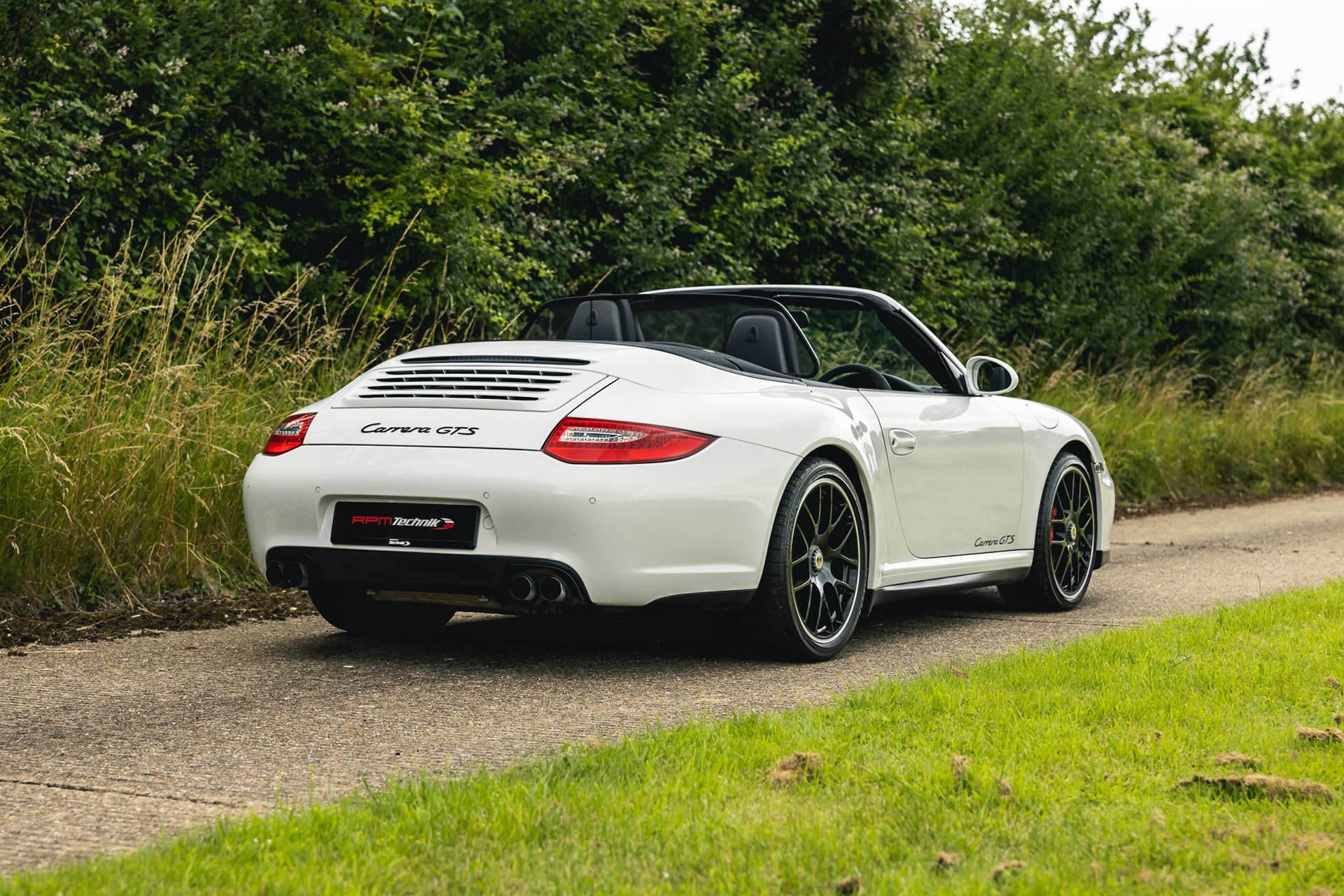
DFI / High-pressure fuel pumps
One of the most notable aspects of the 997.2 upgrades package, was the engine. The engine had to meet more stringent emissions regulations along with addressing some of the weak points that were evident in the earlier 997. Porsche switched over to direct fuel injection (DFI) and this meant that the fuel injection technology was more advanced, the combustion was more efficient and resulting in better performance and fuel efficiency. The fuel pumps on a DFI engine run a far higher pressure as part of this system. Whilst it is a thankfully uncommon problem, over the years we have seen a few high-pressure fuel pumps fail. This causes the car to either go into limp mode or totally shut down, both are alarming! Whilst it isn’t a quick job, it can be expensive to fix due to the cost of the pump itself. Sadly, there are no warning signs of any impending failure but it is thankfully uncommon.
SPEAK WITH OUR
TEAM TODAY
If you would like to discuss your Porsche 997, please contact our team on +44 (0)1296 663 824 or send us an enquiry online.
